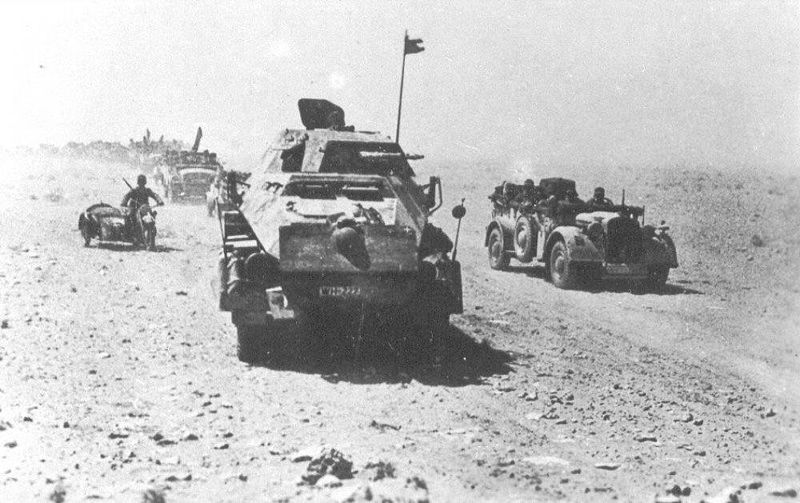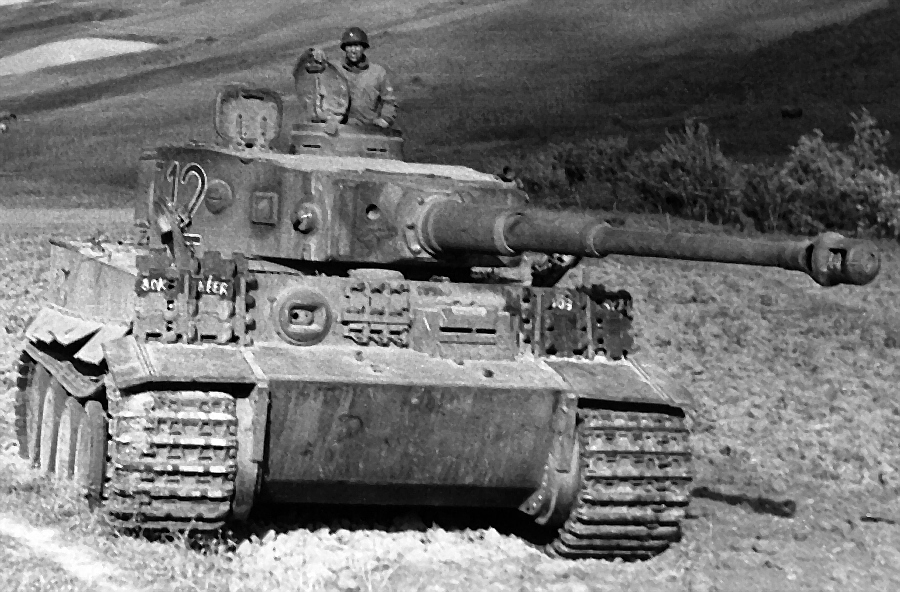
- For PC
- For MAC
- For Linux
- OS: Windows 10 (64 bit)
- Processor: Dual-Core 2.2 GHz
- Memory: 4GB
- Video Card: DirectX 11 level video card: AMD Radeon 77XX / NVIDIA GeForce GTX 660. The minimum supported resolution for the game is 720p.
- Network: Broadband Internet connection
- Hard Drive: 23.1 GB (Minimal client)
- OS: Windows 10/11 (64 bit)
- Processor: Intel Core i5 or Ryzen 5 3600 and better
- Memory: 16 GB and more
- Video Card: DirectX 11 level video card or higher and drivers: Nvidia GeForce 1060 and higher, Radeon RX 570 and higher
- Network: Broadband Internet connection
- Hard Drive: 75.9 GB (Full client)
- OS: Mac OS Big Sur 11.0 or newer
- Processor: Core i5, minimum 2.2GHz (Intel Xeon is not supported)
- Memory: 6 GB
- Video Card: Intel Iris Pro 5200 (Mac), or analog from AMD/Nvidia for Mac. Minimum supported resolution for the game is 720p with Metal support.
- Network: Broadband Internet connection
- Hard Drive: 22.1 GB (Minimal client)
- OS: Mac OS Big Sur 11.0 or newer
- Processor: Core i7 (Intel Xeon is not supported)
- Memory: 8 GB
- Video Card: Radeon Vega II or higher with Metal support.
- Network: Broadband Internet connection
- Hard Drive: 62.2 GB (Full client)
- OS: Most modern 64bit Linux distributions
- Processor: Dual-Core 2.4 GHz
- Memory: 4 GB
- Video Card: NVIDIA 660 with latest proprietary drivers (not older than 6 months) / similar AMD with latest proprietary drivers (not older than 6 months; the minimum supported resolution for the game is 720p) with Vulkan support.
- Network: Broadband Internet connection
- Hard Drive: 22.1 GB (Minimal client)
- OS: Ubuntu 20.04 64bit
- Processor: Intel Core i7
- Memory: 16 GB
- Video Card: NVIDIA 1060 with latest proprietary drivers (not older than 6 months) / similar AMD (Radeon RX 570) with latest proprietary drivers (not older than 6 months) with Vulkan support.
- Network: Broadband Internet connection
- Hard Drive: 62.2 GB (Full client)
Pzkpfw II Ausf. C DAK (Deutsches Afrikakorps) available in the game for 250 
The Battles of France in 1940 and the rapid and decisive victories there were to prove to the High command in the Wehrmacht that more Panzer Divisions were needed to compliment the armies existing panzer elements. A solution to this need was to combine existing infantry Divisions with Panzer regiments to form new panzer Divisions and to compliment these with a superior number of motorised transport and engineering units. The 15th Panzer Division was one such unit, the 8th Panzer Regiment and elements of the 33rd Infantry division including the 104th infantry and 115th motorized infantry regiments were combined on the 1st of november 1940 at Landau in the Darmstadt area. The newly formed 15th Panzer Division soon underwent preparations for tropical deployment as the campaign in north africa began to take shape. Already Equipped with Panzer II light tanks and panzer III medium tanks the unit also received the new Panzer IV medium tank. The short barreled 7.5cm gun of the Panzer IV complimented the High velocity 2cm and 3.7cm weapons of the early panzer II and III’s.
 |
| Advance of the Panzerjager Abteilung 39 |
The 15th Panzers were soon committed to the north african campaign, with the first elements arriving on the 5th of april 1941 at tripoli, the bulk would arrive by the the end of april by ship in convoy. The Division was quickly pushed on to the area south of Tobruk at Fort Acroma. From here the 15th would take part in many battles, the fighting at tobruk, Bardia, Sollum and Halfaya Pass. Always at the front and constantly on the move the men and machines of the 15th performed above and beyond maintaining a high moral and gaining many victories in the process, the price of these victories was steep, many officers often boldly leading from the front would become casualties, the men and machines would also be thoroughly exhausted, covering thousands of kilometers and traversing some of the most hostile terrain on earth the tanks were often worn out just as they were reaching combat. Despite this the they often came off better than their British adversaries from Gazala and finally to El Alamein. It was here finally that Rommel Halted, Exhausted he and his men retired to defencive positions, the 15th took up a position to the north of the line, to refit and repair. many of the Panzer II tanks were by now worn out and the unit was now mostly made up of panzer III and IV tanks, the Division had also acquired several British matilda tanks which it had put to good use. Eventually the 15th would acquire upgraded panzer III and IV tanks with much more capable 5cm and 7.5cm long guns.
 |
| Tiger captured by Allied Forces in WWII near Tunis North Africa |
The main killing power of the Division remained it’s antitank guns, the light towed 5cm and the later 7.5cm PaK guns being very capable weapons, it would however be the 8.8cm flak gun that would become the most feared weapon in the DAK’s arsenal. Despite the brilliant performance of the 15th panzer division the tide had turned and the successes of the early phases of the campaign gave way to a series of defeats that even their new tanks proved incapable of turning around. The old glory of the 15th would return in the battles of Sidi Bou Zid, Faid pass and Kasserine pass, though here the division was subordinate to the 10th and 21st divisions as at that time the 15th was so understrength. The last desperate fighting of the 15th would be at Medenine, Wadi Zigaou and El Hauma where down to just 10 panzer III tanks the last of the division would face the overwhelming power of the 8th Army.
Out of fuel, tanks and men, the remnants of the 15th panzer division would finally lay down their arms and at noon the 9th of May 1943 the story of the Division would be closed here it’s incredible exploits beyond doubt.
Author: Aaron "anglomanii" Lentz
In a future update we will introduce the emblem of the 15th panzer division

See you in the skies




